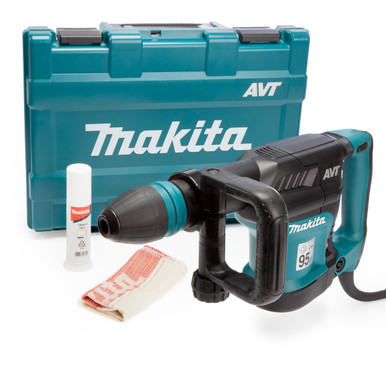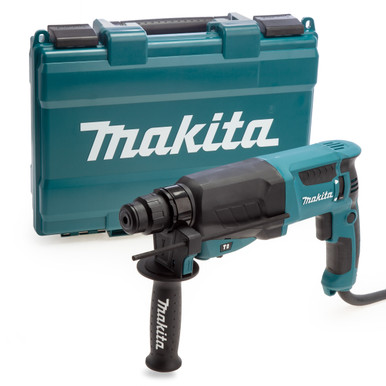Why and How to use a Drill Depth Stop
Posted by Katy | Toolstop on 19th Jul 2024
Learn why and how to use a drill depth stop for precise and consistent drilling. Discover the benefits, common tools, and step-by-step instructions for setting up and using a drill depth stop.
Precision is key in many drilling applications, and one tool that ensures consistent accuracy is the drill depth stop. Whether you’re a professional tradesperson or a DIY enthusiast, understanding how to use one can save you time and improve the quality of your work. In this blog post, we’ll explore the benefits of using a drill depth stop, the types of tools it’s commonly used with, and how to properly set one up.
What is a Drill Depth Stop?
A drill depth stop, also known as a drill bit depth stop or depth stop drill, is a device that controls the depth to which a drill bit penetrates the material. It ensures that holes are drilled to a consistent and precise depth, which is crucial for tasks that require uniform hole depths, such as installing dowels, anchors, or screws.
Benefits of Using a Drill Depth Stop
A depth stop reduces the risk of drilling too deep, which can compromise the integrity of the material or cause damage. This is especially useful when drilling into delicate materials or working on detailed projects. By setting a depth stop, you eliminate the need to measure and mark each hole individually. This streamlines the drilling process, saving you time and increasing productivity.
How to Use a Drill Depth Stop
Step 1: Attach the Drill Depth Stop
Most drill depth stops are either adjustable rods or collars that attach to the drill or drill bit. For adjustable rod stops, insert the rod into the designated slot on the drill. For collar stops, slide the collar onto the drill bit and tighten the set screw to secure it in place.
Step 2: Set the Desired Depth
Measure the desired drilling depth using a ruler or depth gauge. Adjust the position of the depth stop so that the drill bit will stop at this depth. For rod stops, slide the rod to the correct position and tighten the securing mechanism. For collar stops, position the collar at the desired point on the bit and tighten the set screw.
Step 3: Drill the Hole
With the depth stop set, begin drilling your hole. The drill will automatically stop at the preset depth, ensuring consistent and precise holes.
Step 4: Adjust as Needed
If you need to change the drilling depth, simply readjust the depth stop to the new measurement. This allows for quick and easy changes without the need for additional tools or complicated adjustments.
Tools Commonly Used with Drill Depth Stops
Cordless SDS Drills: Cordless SDS drills are powerful and versatile, making them ideal for heavy-duty tasks such as masonry work. Using a drill depth stop with these drills ensures precise and consistent drilling depth, which is crucial for tasks like setting anchors or drilling holes for rebar.
Combi Drills: Combi drills are multifunctional tools that combine the capabilities of a drill driver and a hammer drill. They are perfect for both drilling and driving tasks. Attaching a depth stop to a combi drill can help maintain consistency in depth when drilling holes for screws or other fasteners.









